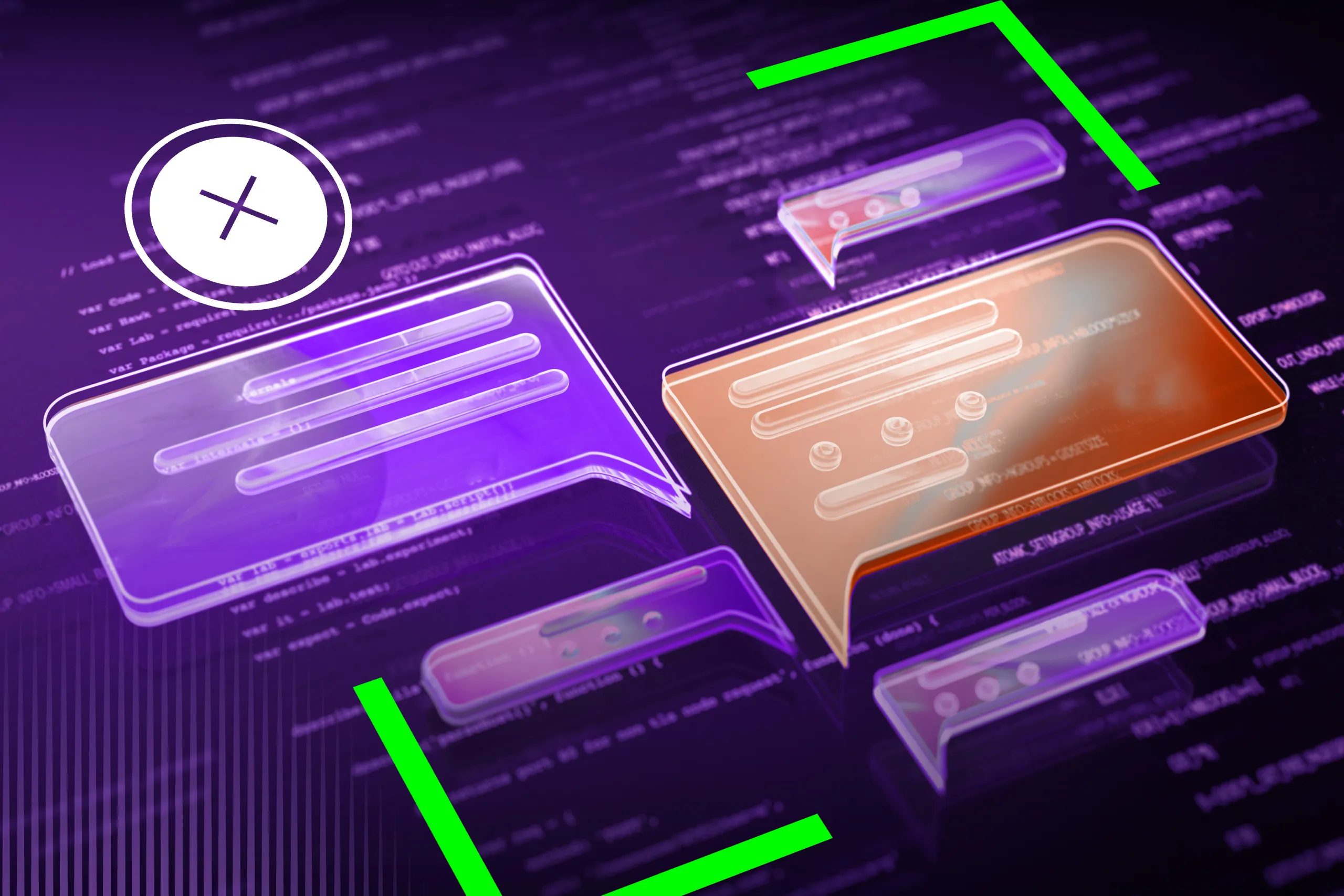Myanmar is one of the many countries with a unique alphabet, which many people—especially those used to the Latin script—find truly exotic. However, this is not the only challenge when verifying identity documents of this Southeast Asian country.
Let’s begin this treasure hunt!
The challenges of processing Myanmar IDs
Myanmar has three main types of identity documents. The passport is the primary document for both domestic use and travel, and it’s the one our clients verify most often. Additionally, many Myanmar citizens carry national identity cards, as well as driver’s licenses.
Each of these IDs has its own features that are interesting to explore.
Non-biometric passports in Burmese
The current version of Myanmar’s passport doesn’t include an RFID chip, which requires more thorough authenticity checks during online verification. The document has been updated three times since the early 2010s. In 2010, the previously hand-written passport became machine-readable. In 2011, the country changed its name to the Republic of the Union of Myanmar, and the cover inscription was adjusted accordingly.

Myanmar still issues non-biometric passports. Shown are the covers of the 2010 (left) and 2023 (right) passport series.
Finally, in 2023, the passport received some design updates, including the addition of a UV security feature (which was updated again in 2024) and a hologram on the personal data page.

Myanmar authorities changed the UV feature in the passport twice in recent years: the country’s name in the 2023 series (left) was replaced with the state’s outline in 2024 (right).


Holograms in Myanmar passports from 2011 (above) and 2023 (below).
Throughout all these series, one thing remains unchanged: all data is presented in both Burmese and English, except for the personal data page, which is in English only. Burmese, a non-Latin language, has intricate letter shapes, which can be challenging for OCR engines. It’s best to rely on advanced document capture and image quality assessment to accurately capture all the details on the first attempt.
The content of a Myanmar passport seems typical—the holder’s personal details, their photo (main and ghost), and document information such as the issue date. However, there are two interesting aspects to note.

Until 2010, the country issued non-machine-readable passports.

A machine-readable Myanmar passport features a paper personal data page with a standard dataset aligned with ICAO recommendations.
First, it’s the Name field. Myanmar names aren’t divided into given, middle, or last names. Each citizen has just one name, which they can later change to reflect significant life changes. Additionally, the country has a system of honorifics that indicate the individual’s social or gender group, such as “Ashin” for monks or “Daw” for senior women. However, the passport only includes a single name in the field.
Second, Myanmar issues nine different passports, indicated in the Type field:
PB – Business Passport
PT – Dependent Passport
PD – Diplomatic Passport
PJ – Job Passport
PO – Official Passport
PR – Religious Passport
PS – Seaman Passport
PE – Student Passport
PV – Visit Passport
These passports mainly differ by cover color. For instance, government officials carry green passports (PO), while diplomats are issued blue-covered documents (PD). Otherwise, the security features and layout are identical.
Paper national identity cards
Myanmar national ID cards are another common form of domestic identity documents for both underage and adult residents. The most widely used type is the pink Citizenship Scrutiny Card (CSC), issued to nationals with full citizenship. There are also two other types: the blue Associate Citizenship Scrutiny Card (ACSC) for associate citizens, and the green Naturalized Citizenship Scrutiny Card (NCSC) for naturalized citizens.

Myanmar has three tiers of citizenship, each with distinct national ID card designs for its residents. Source: Justice Base.
Myanmar ID cards are printed on paper and contain data in Burmese only, which is sometimes hand-written. They also include a photo affixed to the document. The following personal details are recorded on the card:
Name
Gender
Religion
Race
Holder's father's name
Identification number
Height
Distinguishing features such as scars, moles, etc.
Myanmar ID cards are issued to residents starting at the age of 10. They can be renewed when the holder turns 18, 30, and 45. These documents are used in many identity verification contexts, such as travel, school enrollment, opening a bank account, marriage registration, and voting.
Since these cards are laminated, there is potential for glare during online identity verification. This is another case where having strong image quality assessment algorithms in your IDV solution is crucial.
Interested in reading about a specific country in this blog series? Let us know via LinkedIn!
The diversity of driver’s licenses
Myanmar driver’s licenses are less common for identity verification, except for standard on-road checks. They are mostly issued in Burmese and English, with many versions depending on the type of vehicle they permit the holder to drive. The following are some of the existing categories:
L—for learner drivers
A—for motorcycles
B—for motor vehicles up to three tons, except commercial vehicles
C—for mechanized vehicles and machinery
D—for all vehicles except commercial trucks and buses
E—for all vehicles
G—for trawlergies and tractors
and more.
These licenses can be printed on paper or plastic cards, but they always include the holder’s photo. They differ in color depending on the category; for instance, B licenses are yellow while E licenses are pink.



Myanmar driver’s licenses have various designs depending on the vehicle category. The plastic cards feature a laminated background pattern, which can cause glare during document scanning with a mobile device. Source: ASEAN.
All licenses include standard information about the driver, such as their name, date of birth, and blood type. Additionally, there are unique identifiers like the National Registration Card (NRC) number and the driver’s license number. The first part of the NRC ranges from 1 to 14, representing one of the country’s 14 regions where the holder grew up.
The reverse side of plastic driver’s licenses features barcodes in PDF417 and QR code formats. It also includes the driver’s residence address and vehicle category information.

By scanning the QR code on the reverse side of the document, the validity of a driver’s license can be checked. The code links to an official webpage containing the holder’s personal details, including their photo. Source: ASEAN.
How to effectively process Myanmar IDs
Myanmar’s identity documents contain many unique features that may require upgrades to your IDV system for accurate verification. The necessary functionality includes:
OCR engines that recognize the Burmese language
Document type identification using a comprehensive template database that includes all types of Myanmar passports, ID cards, and driver’s licenses (DLs)
ID document liveness detection, particularly checking for dynamic security features in passports and DLs
Barcode scanning and reading
A comprehensive set of authenticity checks, including cross-referencing data between the Visual Inspection Zone and machine-readable parts in ID documents
Regula technologies can assist you with this task, as Myanmar is one of the 254 countries and territories our IDV solutions cover.





